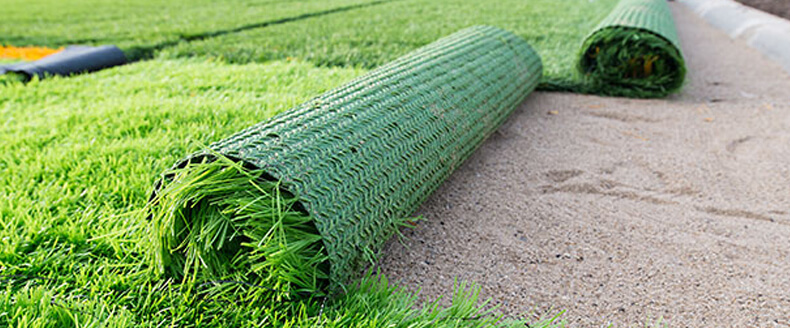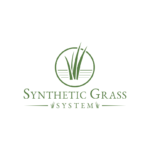The Pros And Cons

Ever been at an event and a random conversation starts about the debate of artificial grass vs natural grass? Well, we know that some of us like to converse with friends, family, and coworkers about upgrades we are making to our homes but sometimes the argument can get heated. Well, what option is better than the other? Today, we are going to be taking a closer look at this debate, outlining the pros and the cons of each of these systems. You can read what we have found down below!
Natural Grass- The Pros
We all know and love the smell, the feel and appearance of natural grass lawns, and while we think artificial turf is the way to go, we can’t help but acknowledge that natural grass is amazing. We also can’t help but acknowledge that natural grass can add great depth to a garden, almost like an emotional attachment that we make to the beginning of spring. While the cost of a lush green lawn has been known to make an impact on the environment, there have recently been alternatives to using freshwater to water the lawn. For example, the use of recycled water or rain caught in vats can be an eco-friendly method of watering your lawn. No matter how you look at natural lawns, they will always hold a place in the American Dream.
Natural Grass- The Cons
While some homeowners are making the case to use recycled water to water their grass, natural grass accounts for 1/3 of residential water consumption, 1 square foot of grass can take up to 55 gallons of water a year and in California, you can even have an additional tax placed on your water bill where you can have rebates for using artificial turf. To make matters worse, natural grass needs to be maintained with chemicals, gas-powered machines that can produce as much pollution as 11 cars in only 1 hour of use. In the instance of fertilizers and pesticides, they can contaminate groundwater under your home. The environmental impact of grass is so potent that a city in California has placed a restriction on the grass in new homes or major remodels of only 500 square feet allowed.
Artificial Grass- The Pros
When we take a look at the environmental impact of natural grass in the section above, we look at the environmental impact of artificial grass and see no harm, if not a positive impact. Artificial grass requires no mowing, no watering and no use of fertilizers or pesticides. Not only are we cutting down on materials, but some manufacturers also use recycled materials to make artificial turf like plastic bottles and tires. While the cost is more than natural grass, some artificial grass has a service life of over 25 years. This lifespan makes artificial grass less costly to the environment and your pocket in the long run!
Artificial Grass- The Cons
Even though artificial grass has evolved to the point of realism in feel and appearance, some of us just can’t shake the fact that it is made out of plastic. While artificial grass can help save the environment in some aspects, it also has an environmental drawback, it is a petroleum-based product that creates ample pollution and waste during manufacturing. Even though it is made of recycled materials in most cases, its durability is also a drawback as it will always end up in a landfill.
So what option is the best? There really is no best option. When it comes to the remodel, building of your home or just a change of landscaping, it comes down to your tastes and the direction you want to take your home. We recommend at least going to a warehouse and giving the artificial grass a try, it’s not the same stuff we had in the 90s today!



